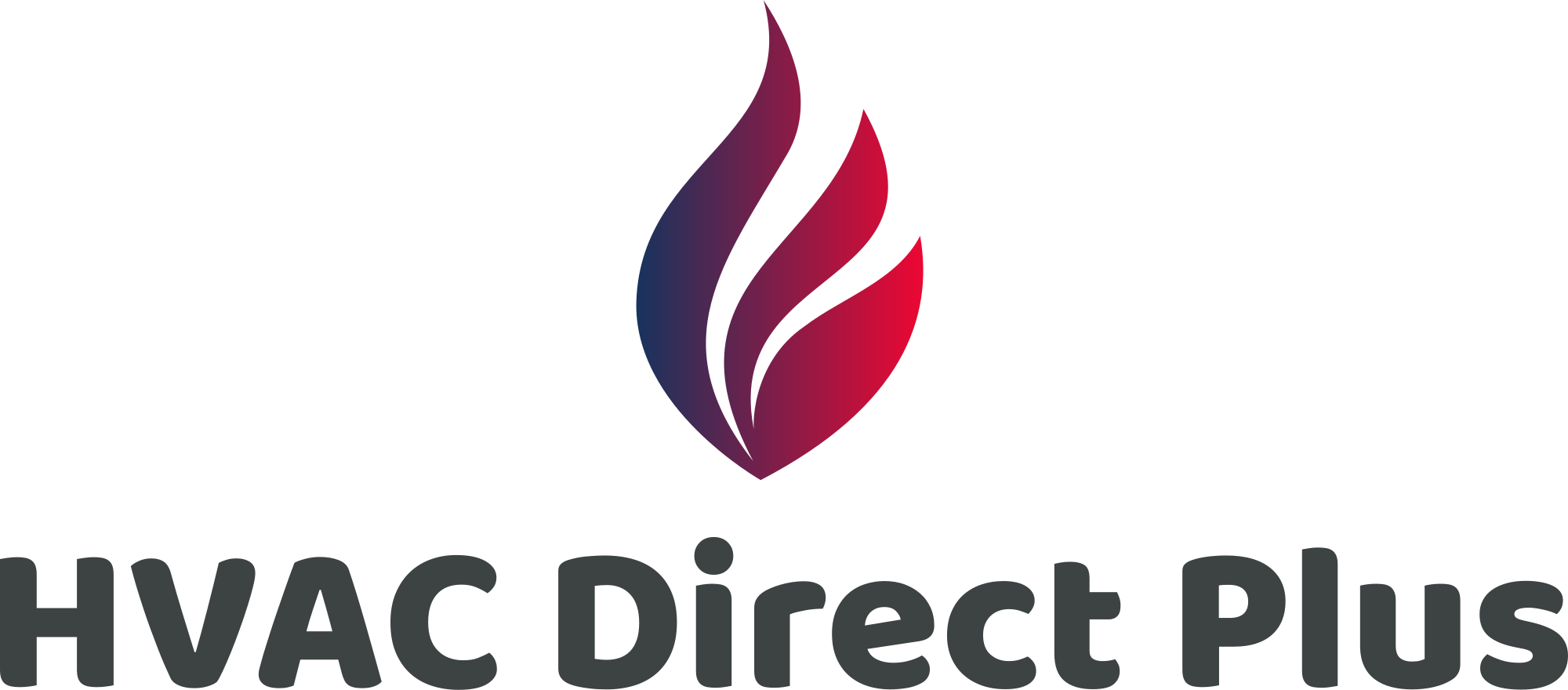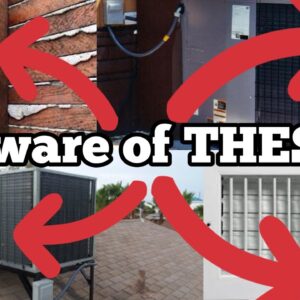I have gathered invaluable knowledge and experience in the HVAC industry over the years, and I am excited to share with you my top five must-know tips for a cost-effective HVAC installation. These tips, based on my personal expertise, will not only save you money but also ensure a smooth and efficient installation process. So join me as I guide you through these essential HVAC tips that will help you make informed decisions and get the most out of your investment.
Introduction
As an HVAC professional, I have spent years honing my skills and gaining valuable experience in the field. Throughout my career, I have encountered various challenges when it comes to HVAC installations, especially in older homes. These challenges often come with additional costs and can make the installation process more complex. In this article, I will share 5 must-know HVAC tips that can help ensure a cost-effective installation, particularly in older homes.
Tip 1: Sidewall Registers in Older Homes
One of the common issues I have come across in older homes is the difficulty in accessing and properly sealing sidewall registers. These registers, if not sealed properly, can lead to air leakage and reduce the overall efficiency of the HVAC system. To address this issue, it’s important to inspect and seal any gaps or cracks around the registers. This will help prevent conditioned air from escaping and save energy.
Tip 2: Tightness Tests for Existing Ductwork
Before proceeding with an HVAC installation, it’s crucial to perform tightness tests on the existing ductwork. These tests are a valuable tool in determining the efficiency of the system and identifying any leaks or inefficiencies. By conducting these tests, HVAC professionals can gather important data about the ductwork and make necessary adjustments to optimize the system’s performance. This step ensures that the installation process is cost-effective in the long run.
Tip 3: Working with Plaster and Lath Walls
Older homes often feature plaster and lath walls, which can present challenges during HVAC installations. Working with these walls can be time-consuming and create excessive dust. To minimize disturbances and streamline the installation process, it’s important to take precautionary measures. These measures can include covering the area with protective sheets, using dust containment systems, and employing proper ventilation techniques. By doing so, the installation can be carried out efficiently while minimizing the inconvenience caused by dust and debris.
Tip 4: Special Ductwork Configurations for Over and Under Package Units
Certain HVAC systems, such as over and under package units, require special ductwork configurations. These units are designed in a way that requires careful consideration when it comes to duct placement and sizing. As an HVAC professional, it’s important to be aware of these specific requirements and ensure that the ductwork is designed and installed correctly. Failure to do so can result in reduced efficiency and potential system malfunctions.
Tip 5: Understanding the Heil Horseshoe Package Unit
The Heil Horseshoe package unit is a unique HVAC system that has a reversed supply and return configuration. This means that the supply air comes from the bottom and the return air is discharged from the top. It’s important to be aware of this configuration when installing the unit to avoid any confusion or mistakes. Taking the time to understand the specific requirements of this system can save both time and headaches during the installation process.
Conclusion
When it comes to HVAC installations in older homes, there are several challenges that HVAC professionals need to be aware of. By understanding and addressing these challenges, installations can be carried out more efficiently, saving time and money. From properly sealing sidewall registers to conducting tightness tests on existing ductwork, these tips can greatly contribute to a cost-effective installation. Additionally, being knowledgeable about special ductwork configurations and unique HVAC systems like the Heil Horseshoe package unit can prevent any potential issues and ensure a smooth installation process.
FAQs
-
What are some common challenges in HVAC installations in older homes?
- Difficulties accessing and sealing sidewall registers.
- Time-consuming work with plaster and lath walls.
- Special ductwork configurations for over and under package units.
- Understanding the reversed supply and return configuration of the Heil Horseshoe package unit.
-
Why is it important to perform tightness tests on existing ductwork?
- Tightness tests provide valuable information about the efficiency of the system.
- They help identify any leaks or inefficiencies that may impact performance.
- Adjustments can be made to optimize the system’s overall efficiency.
-
How can working with plaster and lath walls be made easier during HVAC installations?
- Covering the area with protective sheets.
- Using dust containment systems.
- Employing proper ventilation techniques.
-
What should HVAC professionals know about special ductwork configurations?
- Over and under package units have specific requirements for duct placement and sizing.
- Failure to meet these requirements can result in reduced efficiency and potential system malfunctions.
-
What is important to note about the Heil Horseshoe package unit?
- It has a reversed supply and return configuration.
- Understanding this configuration is crucial during installation to avoid confusion or mistakes.

